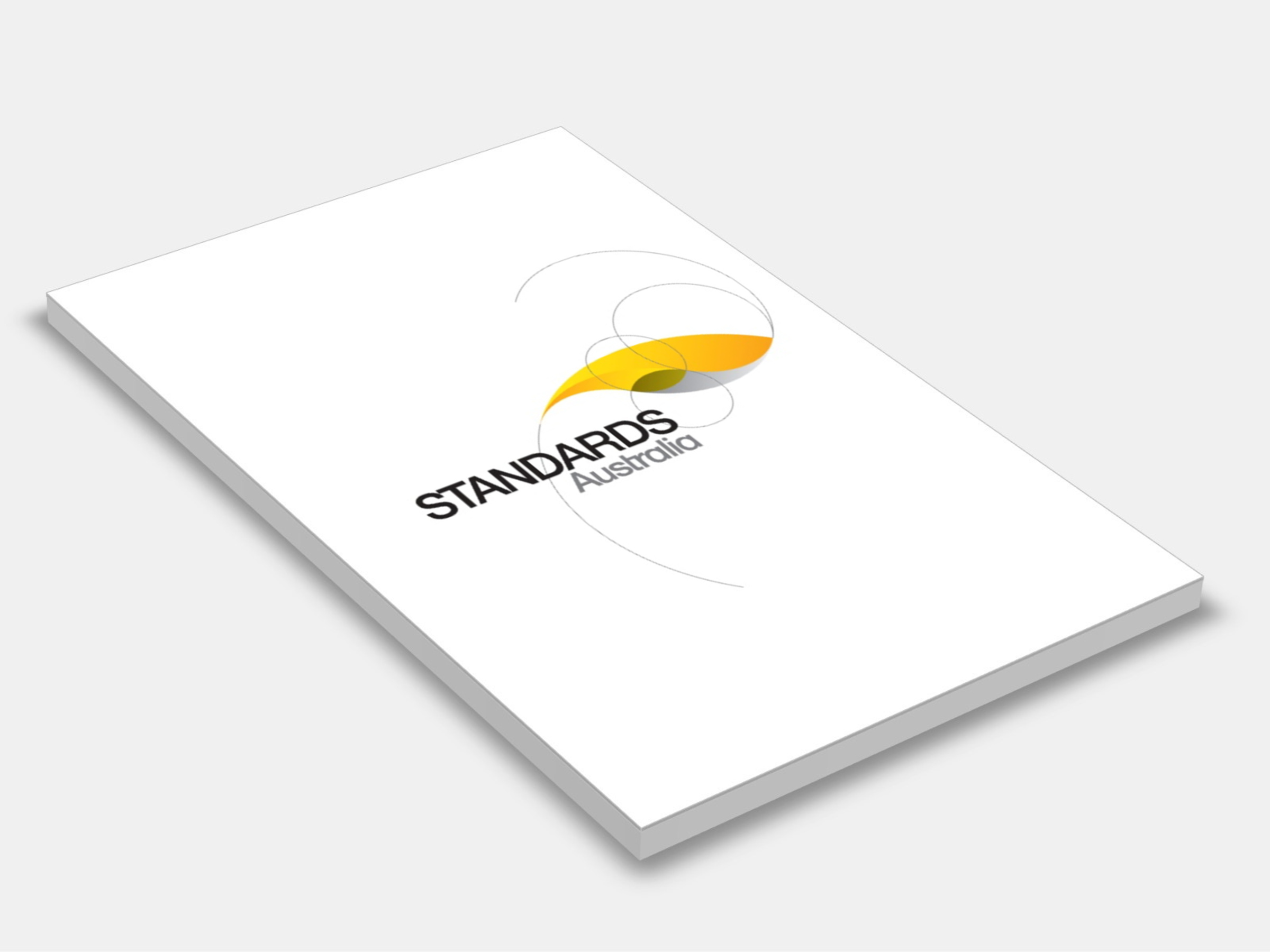
Type
Publisher
Standards Australia/Standards New Zealand
Publisher
Standards Australia/Standards New Zealand
Version:
First Edition 2016.
(Current)
Short Description
This Standard provides an unambiguous system for assigning designations to refrigerants. It also establishes a system for assigning a safety classification to refrigerants based on toxicity and flammability data, and provides a means of determining the refrigerant concentration limit.
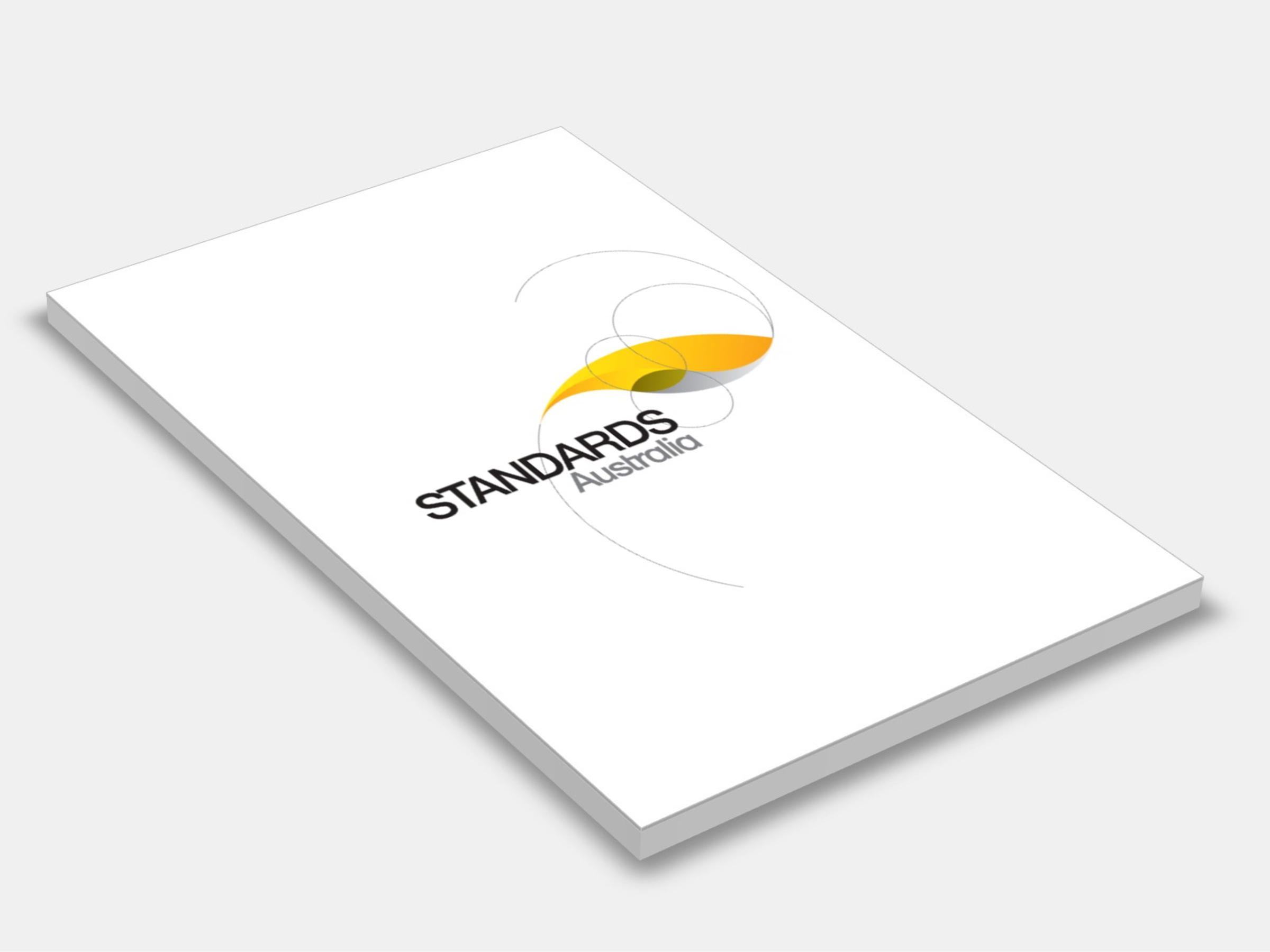
Type
Publisher
Standards Australia/Standards New Zealand
Publisher
Standards Australia/Standards New Zealand
Version:
Second Edition 2016.
(Current)
Short Description
Specifies a simple means of referring to common refrigerants instead of using the chemical name, formula, or trade name. It also establishes a uniform system to be used in assigning the proper reference number and classification to refrigerants; the system for refrigerant classification is defined and physical data of common refrigerants listed.
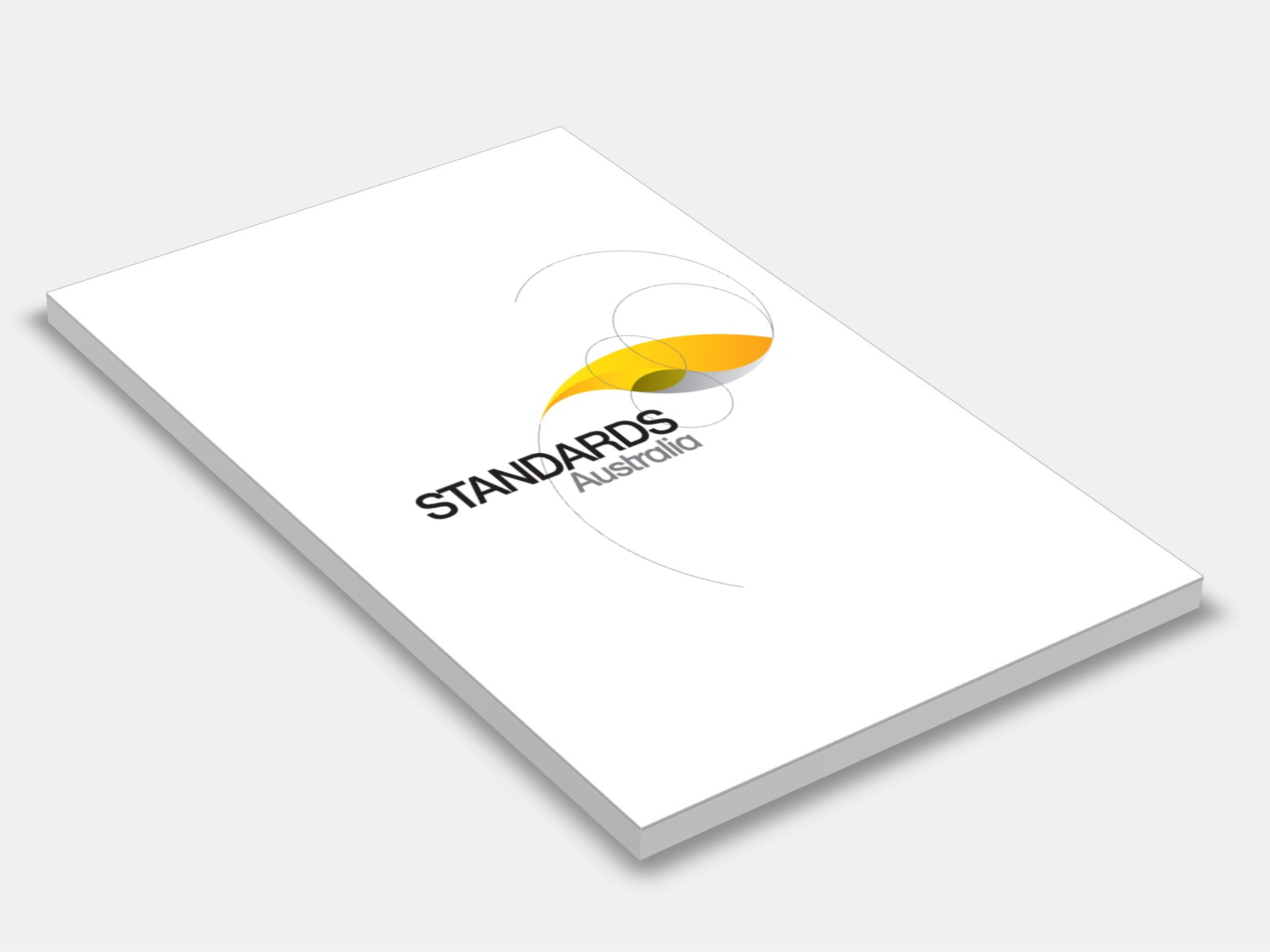
Type
Publisher
Standards Australia/Standards New Zealand
Publisher
Standards Australia/Standards New Zealand
Version:
Second Edition 2016.
(Current)
Short Description
Specifies requirements for safety and environmental aspects in relation to operation, maintenance and repair of refrigerating systems and the recovery, reuse and disposal of all types of refrigerant, refrigerant oil, heat transfer fluid, refrigerating system and part thereof.
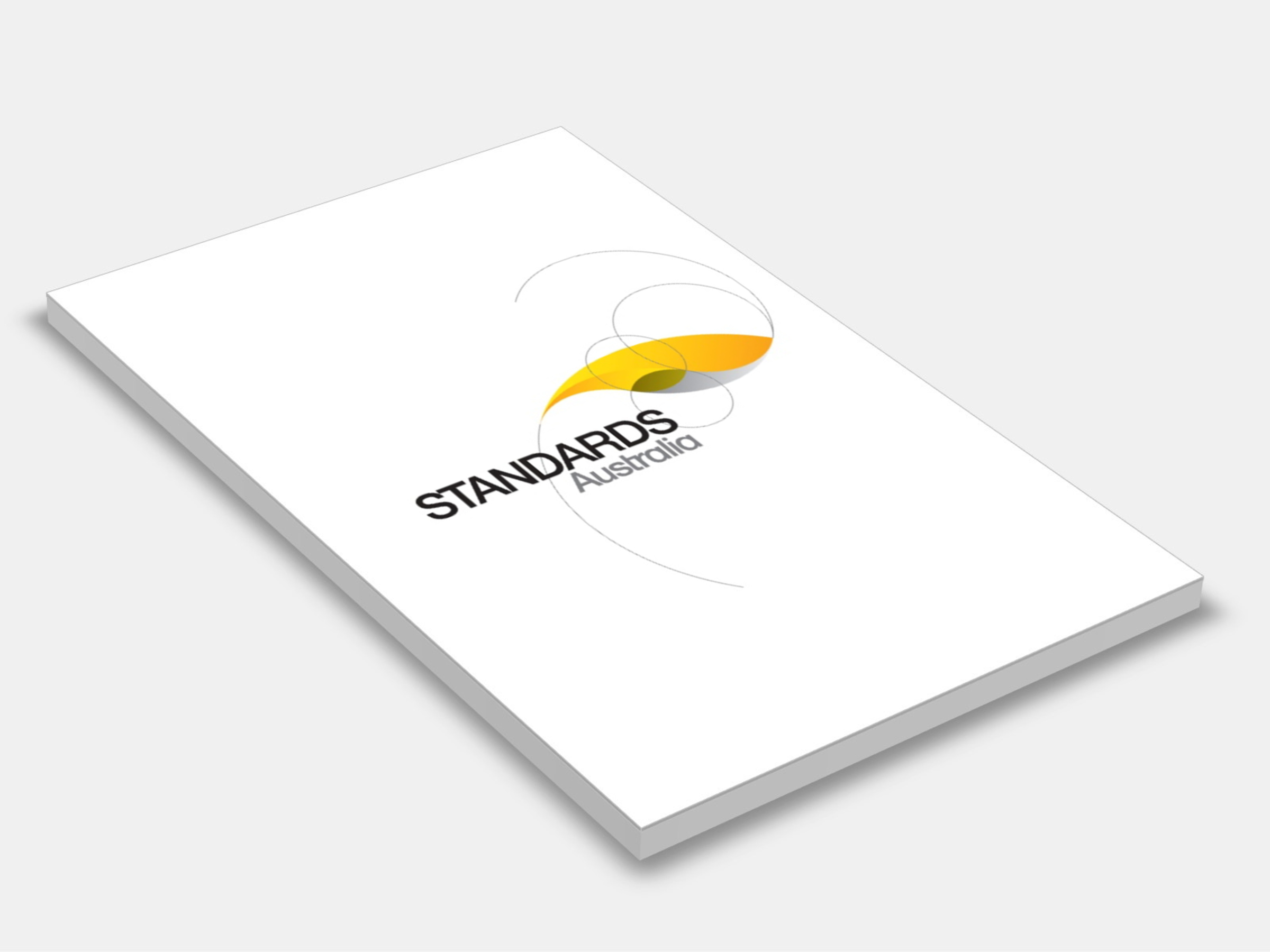
Type
Publisher
Standards Australia/Standards New Zealand
Publisher
Standards Australia/Standards New Zealand
Version:
Third Edition 2016.
(Current)
Short Description
Applicable to the design, construction, and installation of refrigerating systems, including piping, components, materials, and ancillary equipment directly associated with such systems.
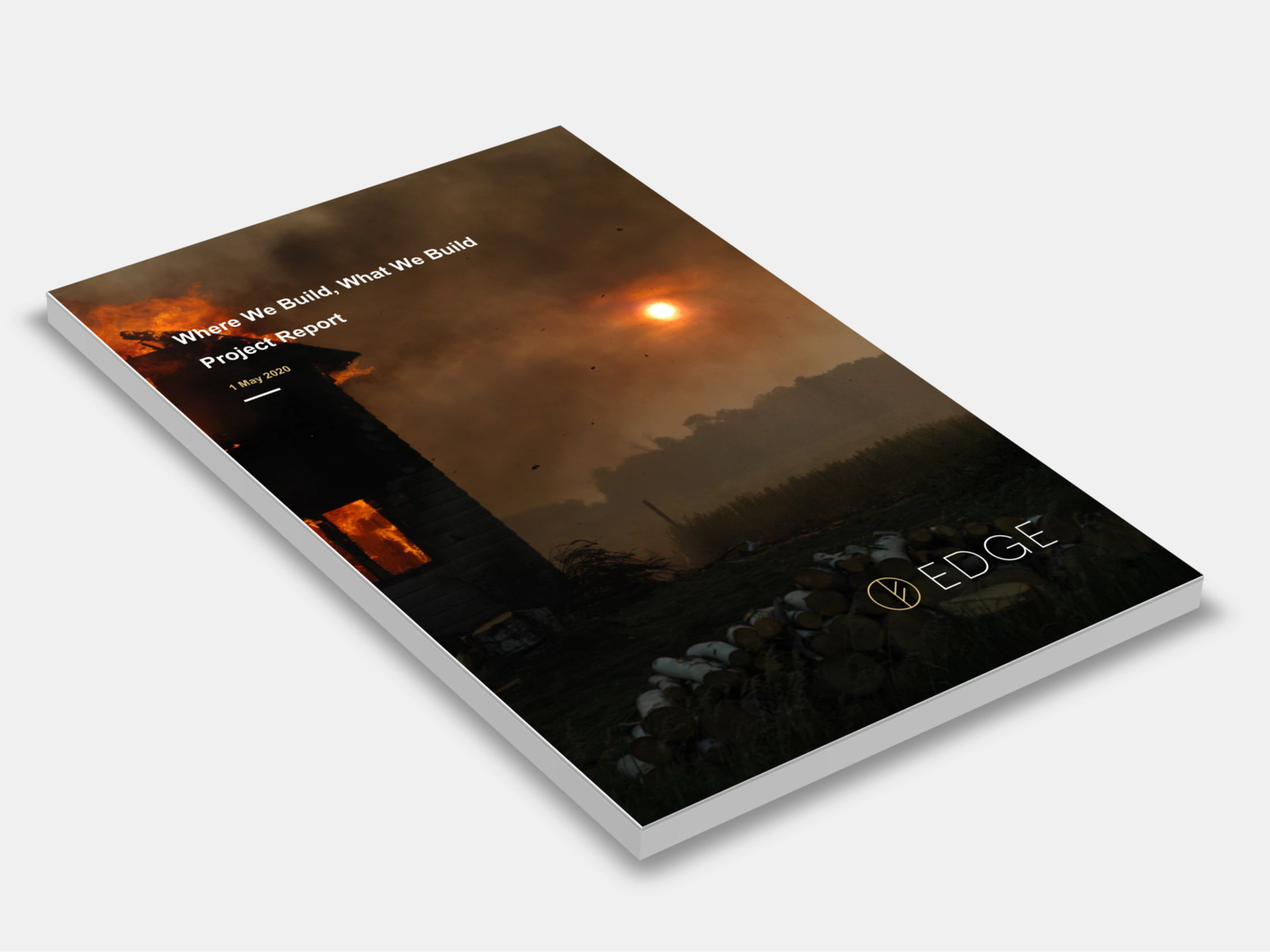
Type
Publisher
South Australian Government
Publisher
South Australian Government
Version:
2020.
(Current)
Short Description
The Where We Build What We Build project is supporting the Resilient Hills and Coasts (RH&C) region by enabling assessment of the climate risk exposure of homes and encouraging better climate risk mitigation decisions.
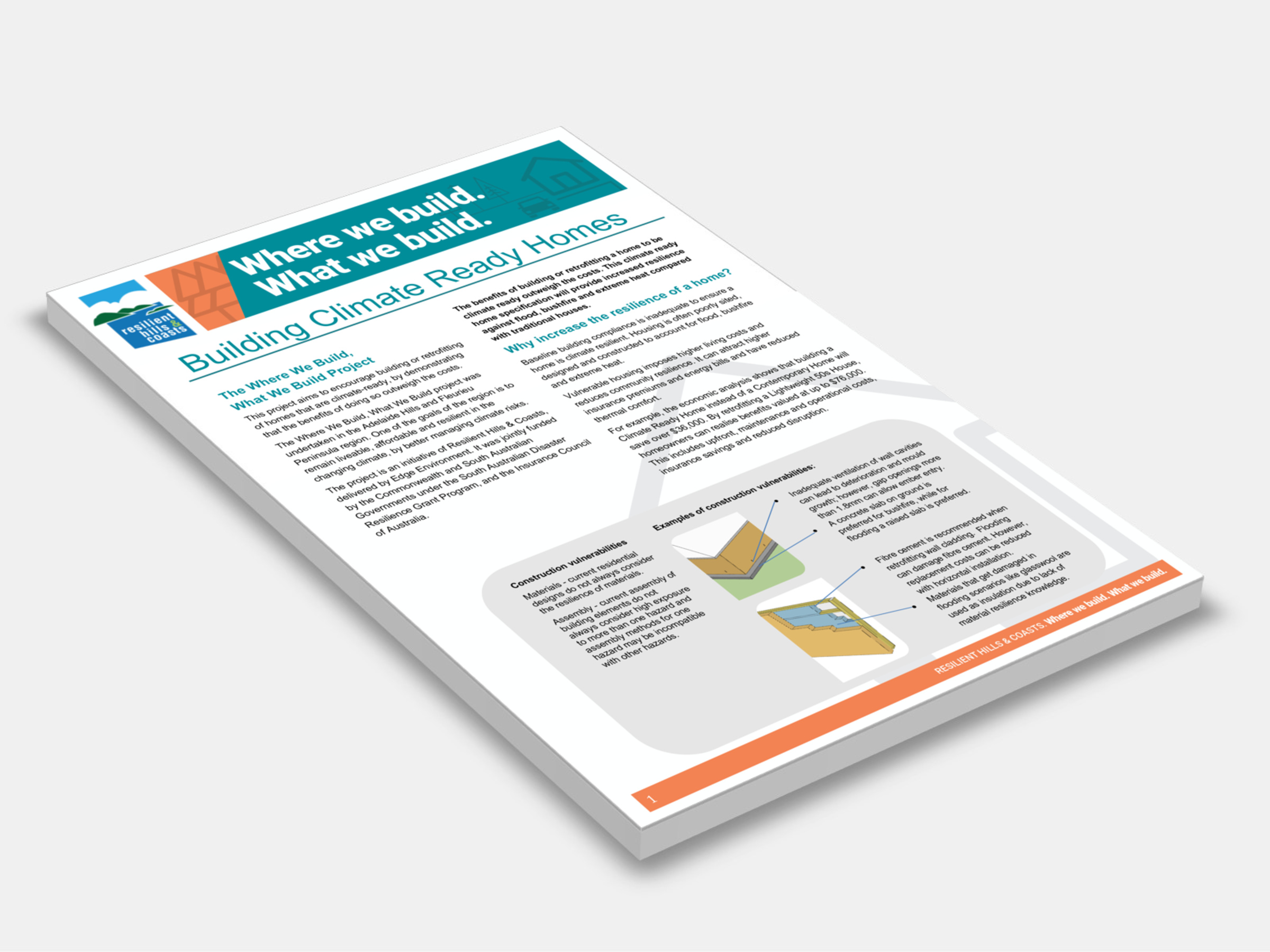
Type
Publisher
South Australian Government
Publisher
South Australian Government
Version:
2020.
(Current)
Short Description
This project aims to encourage building or retrofitting of homes that are climate-ready, by demonstrating.
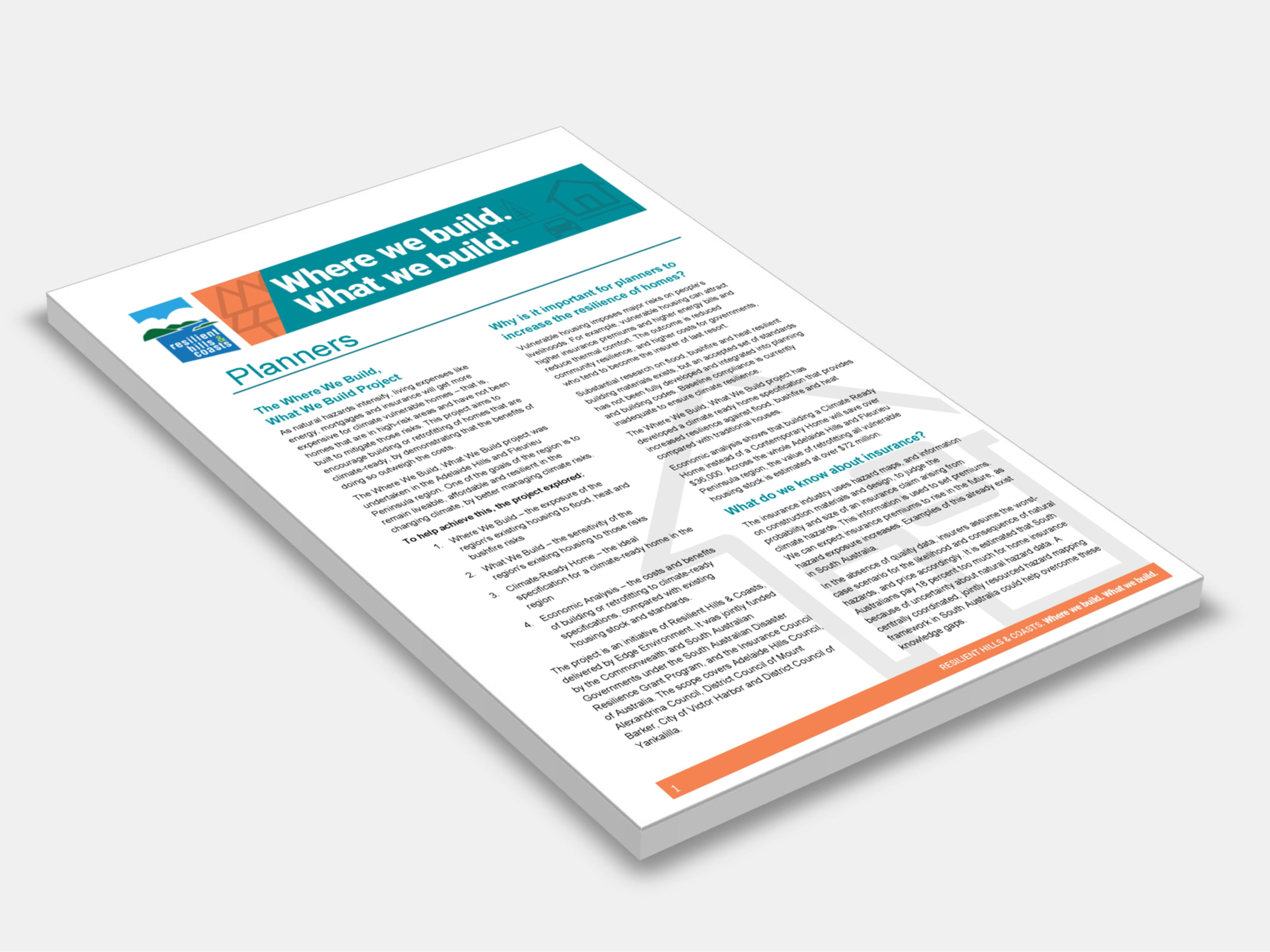
Type
Publisher
South Australian Government
Publisher
South Australian Government
Version:
2020.
(Current)
Short Description
The Where We Build, What We Build project has developed a climate ready home specification that provides increased resilience against flood, bushfire and heat compared with traditional houses.
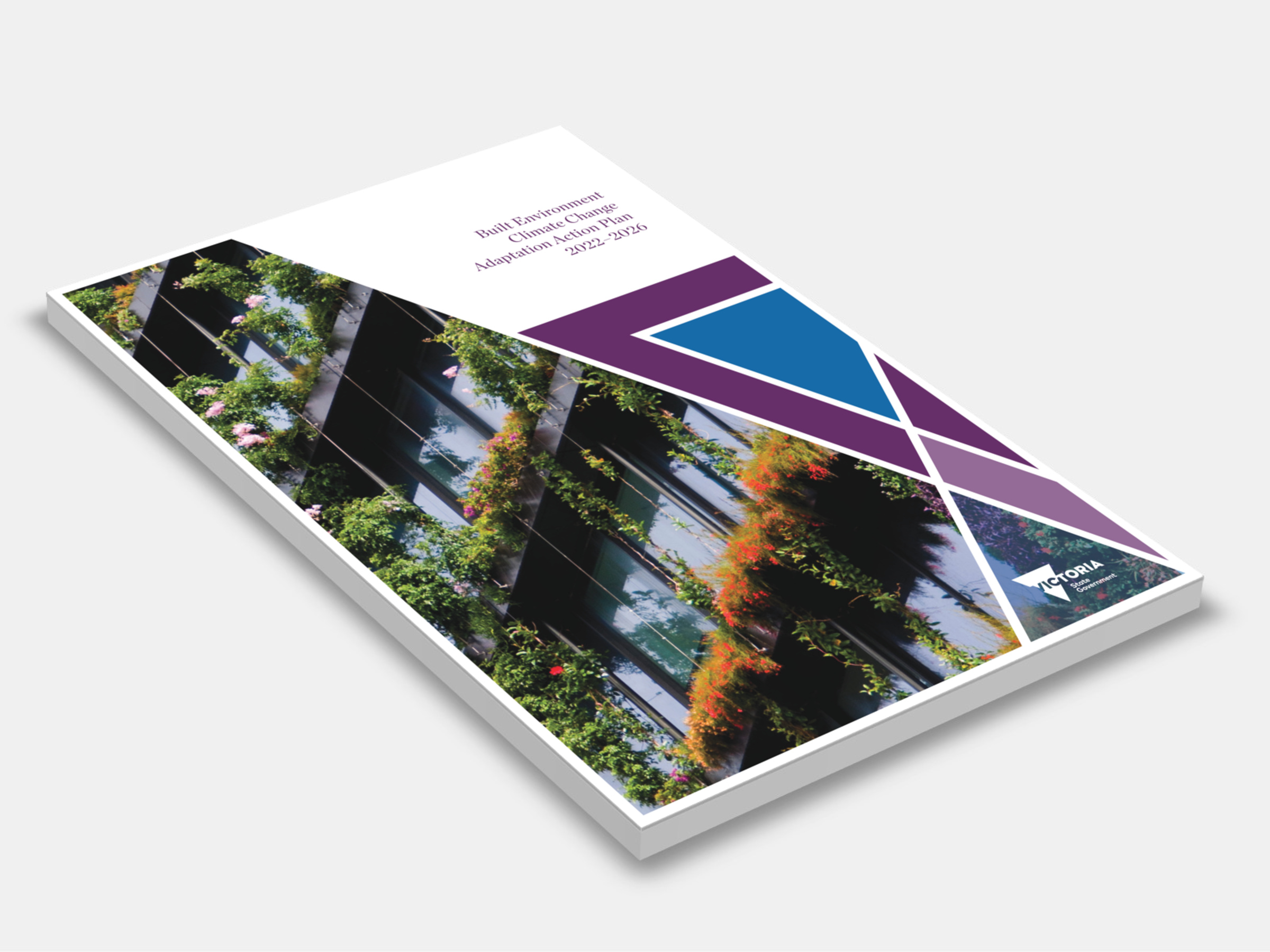
Type
Publisher
Victorian Government
Publisher
Victorian Government
Version:
2022.
(Current)
Short Description
This plan sets out the Victorian Government’s proposed actions during the next 5 years to respond to climate change risks to our built environment of cities, towns, suburbs and regional areas, along with supporting infrastructure and services.
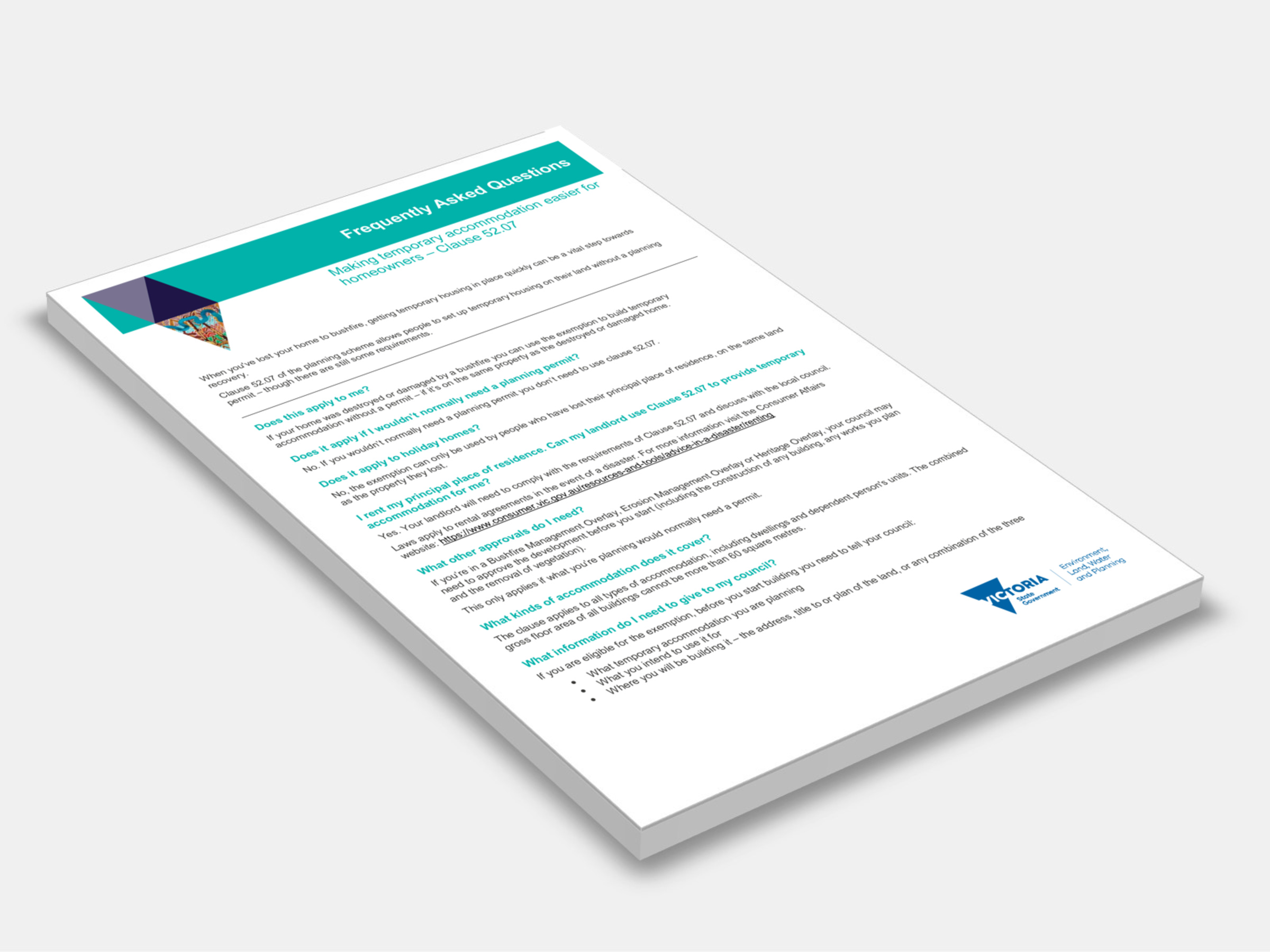
Type
Publisher
Victorian Government
Publisher
Victorian Government
Version:
2020.
(Current)
Short Description
Clause 52.07 of the planning scheme allows people to set up temporary housing on their land without a planning permit – though there are still some requirements.
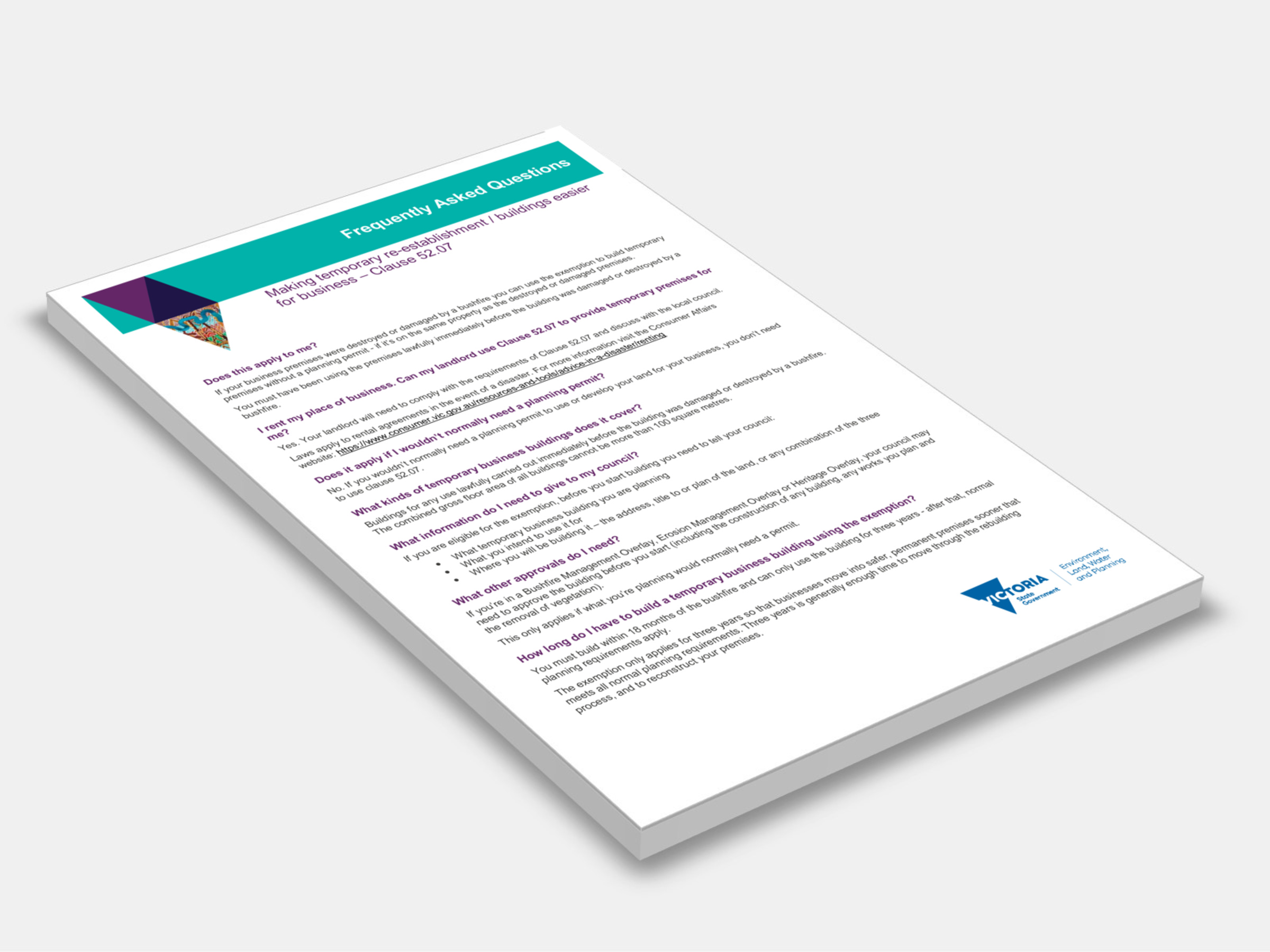
Type
Publisher
Victorian Government
Publisher
Victorian Government
Version:
2020.
(Current)
Short Description
If your business premises were destroyed or damaged by a bushfire you can use the exemption to build temporary premises without a planning permit - if it’s on the same property as the destroyed or damaged premises.